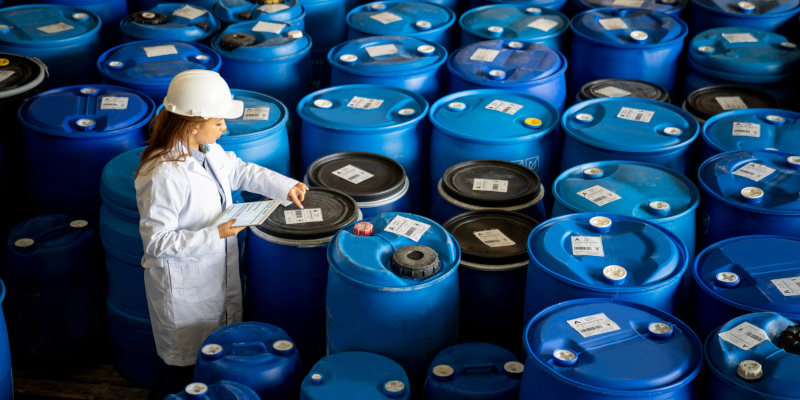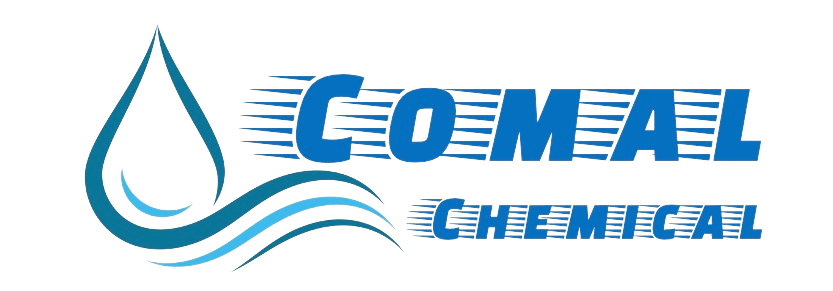Water treatment chemicals play crucial roles in protecting public health, maintaining industrial systems, and ensuring compliance with environmental regulations. Behind every safe water system, whether it’s a municipal, commercial, or industrial plant, there are carefully selected water treatment chemicals that manage contaminants, stabilize pH levels, and prevent corrosion.

Understanding the key types of water treatment chemicals is the first step in maintaining clean, healthy water for your operation. In this article, we’ll go over four key categories of water treatment chemicals and provide examples of each category to help you maintain a functional and compliant water treatment system.
- Disinfectants: Disinfection is one of the primary objectives of water treatment. Chemical disinfectants eliminate harmful microorganisms that could cause illness or compromise system integrity.
- Example: Sodium hypochlorite (SH) is widely used for municipal water systems and industrial sanitation, providing reliable pathogen control.
- pH Adjusters: Maintaining a balanced pH is crucial for chemical efficiency, regulatory compliance, and equipment protection.
- Example: Hydrochloric acid is commonly used to lower pH in water treatment facilities, helping to prevent scaling and optimize disinfection effectiveness.
- Coagulants and Flocculants: These chemicals help remove suspended solids by binding small particles into larger clumps that can be filtered or settled out.
- Common agents: Aluminum sulfate (alum) and polyaluminum chloride are typical coagulants in water treatment processes.
- Corrosion Inhibitors: In distribution systems and industrial cooling systems, corrosion inhibitors protect metal surfaces from degrading over time.
- Purpose: Corrosion inhibitors can help extend equipment life, improve system reliability, and reduce maintenance costs.
